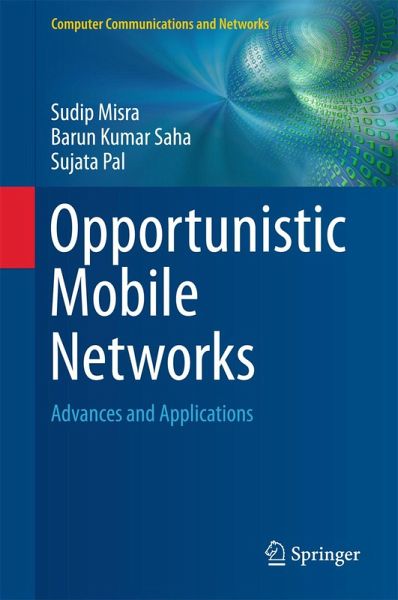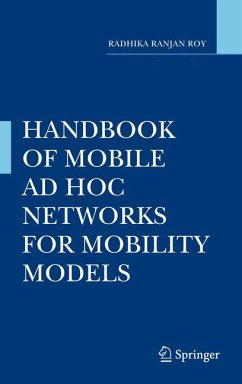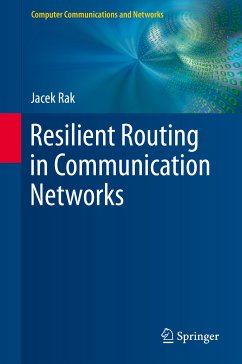
Opportunistic Mobile Networks (eBook, PDF)
Advances and Applications
Versandkostenfrei!
Sofort per Download lieferbar
40,95 €
inkl. MwSt.
Weitere Ausgaben:

PAYBACK Punkte
20 °P sammeln!
This textbook reviews the theory, applications, and latest breakthroughs in Delay Tolerant Networks (DTNs). Presenting a specific focus on Opportunistic Mobile Networks (OMNs), the text considers the influence of human aspects, and examines emerging forms of inter-node cooperation. Features: contains review terms and exercises in each chapter, with the solutions and source code available at an associated website; introduces the fundamentals of DTNs, covering OMNs, PSNs, and MOONs; describes the ONE simulator, explaining how to set up a simulation project; provides detailed insights into the de...
This textbook reviews the theory, applications, and latest breakthroughs in Delay Tolerant Networks (DTNs). Presenting a specific focus on Opportunistic Mobile Networks (OMNs), the text considers the influence of human aspects, and examines emerging forms of inter-node cooperation. Features: contains review terms and exercises in each chapter, with the solutions and source code available at an associated website; introduces the fundamentals of DTNs, covering OMNs, PSNs, and MOONs; describes the ONE simulator, explaining how to set up a simulation project; provides detailed insights into the development and testing of protocols, together with a set of best practices for increased productivity and optimized performance; examines human aspects in the context of communication networks, from human-centric applications to the impact of emotion on human-network interplay; proposes various schemes for inter-node cooperation in DTNs/OMNs; presents a detailed discussion on aspects of heterogeneity in DTNs.
Dieser Download kann aus rechtlichen Gründen nur mit Rechnungsadresse in A, B, BG, CY, CZ, D, DK, EW, E, FIN, F, GR, HR, H, IRL, I, LT, L, LR, M, NL, PL, P, R, S, SLO, SK ausgeliefert werden.












